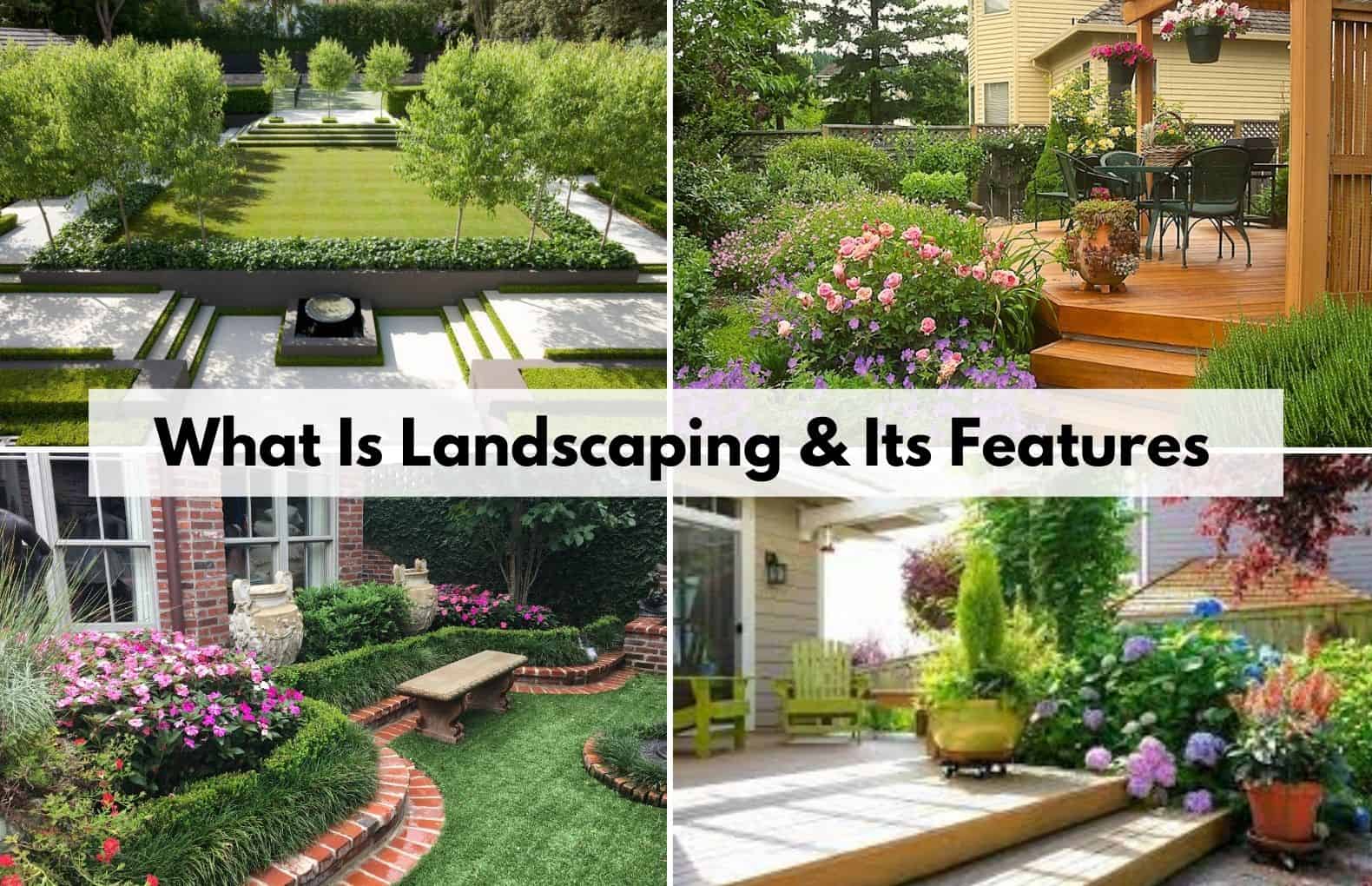Paver Pool Decks or landscape architecture is no new art. It can be traced back to 600 B.C. where landscape design was used in the Hanging Gardens of Babylon and which is considered today as one of the seven wonders of the world. The famous Mayans used landscaping principles without even knowing it when they created walkways to and around their temples, surrounding them with intricate, carefully constructed flowerbeds and bushes. Romans used landscaping in courtyards and created borders around their land. Good landscaping was seen as a sign of wealth in the 17th and 18th century and in Jamaica, plantation owners lined walkways with palm trees. People would even ship in different rocks and stones to build walls in their gardens. The Great Wall of China was not built for aesthetic purposes, but was a necessity to keep enemies at bay. Landscaping through the ages has been magical, especially when you look at wonders like Stonehenge in England. These stones were transported from Wales, which means them being there is somewhat of a miracle.
The words “landscape architecture” however, was first used in Gilbert Laing Meason’s book, On The Landscape Architecture of the Great Painters of Italy in 1828. This was the first time someone realised there was a correlation between landscaping and architecture and that designing a landscape could in fact be an art all on its own. The Italians painted landscapes in carefully constructed ways, incorporating design in both painting and gardening. Later, Frederick Olmstead and Calvert Vaux defined “landscape architecture” as a professional task of designing a composition using plants, landform, water, paving and other natural, as well as man-made structures. These men went on to design Central Park in New York and officially named themselves “landscape architects” in 1863. Soon after, Europe adopted the term and landscape architects started practicing all over the globe.
Landscaping is a worldwide profession today and is even represented by organizations like the International Federation of Landscape Architects. Landscaping, however, has expanded and not only applies to public spaces and world wonders: almost every home can have a well-designed landscape. Even fine arts and landscape architecture became interwoven through the ages, because people slowly realised how designing a landscape also required the professional and technical components that fine arts made use of: creative concepts, design, theories and aesthetic principles and guidelines. The introduction of computers in the 20th century changed both fine art and landscaping and today, it is possible for landscape architects to see and experience their full design in 3-D before applying it. Since the late 20th century, many formatting uses for scanning and printing, the wide array of options with digital technology for drawing, images and site videos; and the nearly infinite reach of the internet has transformed the exploration and interaction when sharing creative objectives. This has also developed effective communication and collaboration within the project team, clients, and involved people the world. Landscaping has always and especially today improves the quality of peoples’ physical surroundings given them a sense of nature in an increasingly material world.

